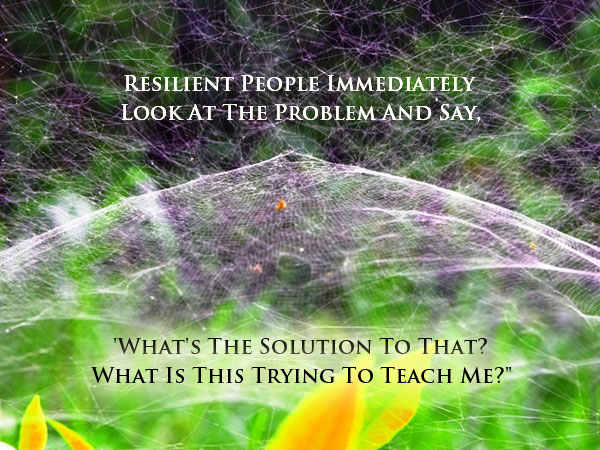Developing Resilience to Help Your People Through Change
“I missed more than 9000 shots in my career. 26 times I was trusted to take the game winning shot and missed. I’ve failed over and over and over again in my life. And that’s why I succeed.”
Michael Jordan (born February 17, 1963) is an American former professional basketball player and entrepreneur.

Image by Edwin Lee
Organizational change has become a norm in our current work life, whether it is about outsourcing, changing an IT system, merging with another entity, changing a business strategy, or changing leaders. The key complaint I’ve heard from many employees about such work environments — is heavier work with fewer resources, and little hope for any incentives. As a manager, how do you get the best out of your people when your boss has just announced that your company will be undergoing a wave of changes?
A reason why so many people are uncomfortable with change stems from their lack of confidence or ability in dealing with ambiguous circumstances. In uncertain situations, we tend to create the “what if” scenarios to help us anticipate the unknown, giving us the impression of some form of control over the unpredictable. But as we play these scenarios in our minds, we experience accumulated anxiety, which over time, lead us to develop worst case scenarios that deprive us of any hope or optimism. I have heard from employees who chose to “give up” or took a “victim” position by “doing the minimal” required to fulfill their job responsibilities.
Where employees feel a sense of loss or anxiety around the unknown, organizations can introduce and develop a new competency: Resilience. Psychologically, resilience can be defined as the ability to adapt and cope in the face of adversity or hardship (Fredrickson, 2004). A resilient individual has the capability to persevere after facing a number of obstacles, think clearly when under a tremendous amount of stress, and bounce back after experiencing hardship (Campbell-Sills & Stein, 2007).
Action Plan:
As a manager, how do you develop resilience in your team? By modeling, encouraging, and recognizing resiliency.
1. Model. When things seem to be extremely tough and stressful, find ways to relieve yourself of that stress — exercise, play music, get a hobby. It will make you feel better and less likely direct negativity towards others. Show your human side when you have made a mistake, and discuss with your employees what you have learned from your experience, and what do you do to exercise your resiliency. Maintain a sense of humor. You don’t necessarily need to wear a funny hat or crack jokes all of the time. But you won’t help loosen a tense work environment if you don’t laugh at other people’s jokes or at yourself.
2. Encourage. When an organization undergoes a lot of changes, trust becomes a rare commodity. Employees should feel that they can at least trust you (their manager) as much as you trust them. Promote resiliency by helping people learn from their mistakes. Create the environment that allows people to fail, and view failure as a learning opportunity. Treat each feedback session as a teachable moment, not exemplary admonishment, and then continue to give your direct reports another opportunity to do better. If you empower your employee to face risks, he or she will more likely gain beneficial experience and independence, as well as build their resiliency.
3. Recognize. Offer public praise for demonstrating resiliency. Provide positive reinforcement when someone has learned from previous mistakes, made fewer errors, and delivered a finished product on or ahead of schedule. When reviewing your subordinate’s performance, examine not only the individual’s ability to execute, but also their use of problem solving skills, and learning agility to better themselves.
Organizations naturally develop and grow a resilient workforce by – developing resilience as a learnable behavior (i.e. competency), measuring an individual’s performance against this competency, and rewarding people accordingly. As resiliency increases among employees, managers will find that your employees will more likely respond with “So, what can I do to help?” by the time the next announcement is released about a change.
Additional Reading
- Increase Employee Engagement and Performance by Connecting Company Mission Statement with Employees’ Actions - September 30, 2014
- Developing Resilience to Help Your People Through Change - July 29, 2014
- Promoting Technical Experts to People Managers - May 20, 2014
- Retaining Talent in Times of Change: Why Money Isn’t Always the Answer - March 18, 2014





